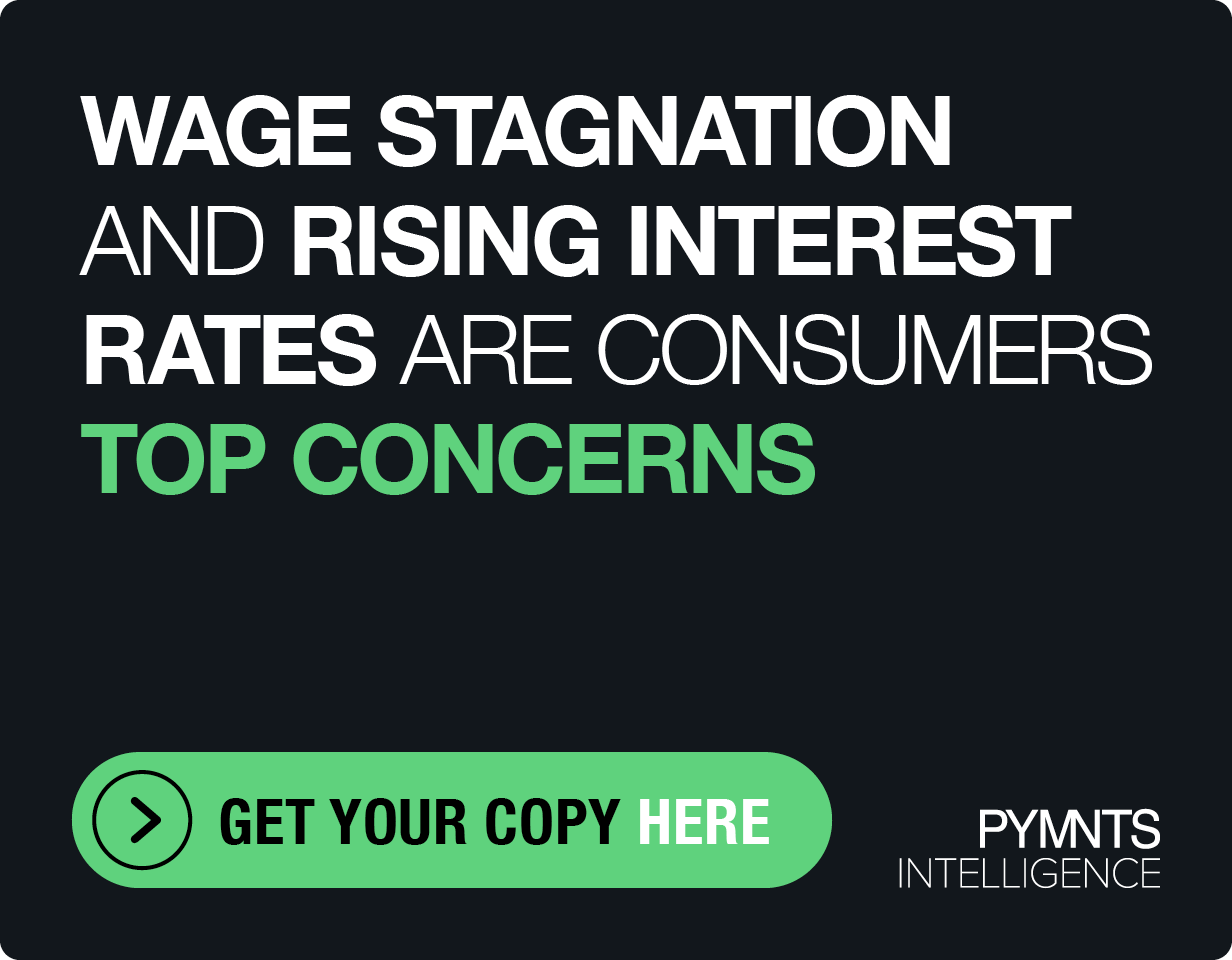Musicians Get Their Own Credit Card For Smoother Royalty Payments

Last year, pop hit machine Taylor Swift publicly denounced labels’ and producers’ control of publishing, which comes down to royalties. For old-school rockers, Creedence Clearwater Revival (CCR) fans may recall that bandleader John Fogerty fought labels and bandmates for years over royalty rip-offs.
If only they’d had a bank dedicated to paying artists properly in the first place.
That’s the rapidly materializing dream of CEO Jonathan Strauss and COO Alexandre Williams, co-founders of Create Music Group (CMG), which uses predictive algorithms to track the dizzying plays and calculate the many splits involved in the blooming music and video creator economy. It’s bringing about a new financial ecosystem devoted to democratizing the ability to earn a living from one’s music and art — outside the confines of respected but inaccessible labels.
As Strauss told Karen Webster in a recent interview, “The music industry traditionally paid artists every six months or annually. Now it’s a little bit better, where a lot of companies pay quarterly. But there was a day and age where artists that were able to survive were very limited, and now the economy is completely different. You have hundreds of thousands of artists distributing and making their living off of [digital] music [and video] sales.”
Apparently, however, hitmakers have similar cash flow issues as rideshare drivers — to hear Strauss tell it, even quarterly payouts don’t cut it for artists any better than for the average worker. That’s why CMG is disrupting royalties with speed, transparency and data.
“Most companies pay out quarterly,” he said. “Most of our clients are … paid out 48 to 72 hours after the platforms pay us. That means if you watch a video on YouTube and YouTube pays us those royalties the next month on the 21st, we pay it out [to creators] on the 25th.”
Further accelerating access to royalties is CMG’s Create Carbon credit card, which launched earlier this year and is still in beta, but is set for a wider rollout as elements like card perks are finalized. The card runs on Mastercard rails with an as-yet-unnamed banking partner on the backend.
“This credit card product is really unique, because the same accounting technology that helps us pay quickly within two or three days, we have spent a lot of time developing to where now, at least on the three top priority platforms — Spotify, Apple and Google-YouTube — we can pay off royalties daily” and directly to the card, Strauss said.
Data Calls The Tune
While the royalties credit card for creators is a breakthrough innovation, it’s the transparency into daily plays and the earnings they generate that gives the platform its real value.
As Strauss told Webster, “For about the last year, we’ve been showing people what is made daily as well. So even if you don’t have our credit product, you still have access to see what you’re making. And that seems very obvious, but at this exact moment, there is no music company that exists [that allows you to] see what you’re making that day, much less [allows you to get] paid.”
And if you think these self-recorded “unknowns” are dealing in nickels and dimes, think again. “Some of these songs on Tik-Tok that are blowing up are from brand-new creators who are often in their teens and have never really made a hit before,” Strauss noted. “In some instances, those songs can make $2,000 or $3,000 a day.”
He describes a scenario where a creator’s song “blows up on TikTok, and typically they have no idea it’s making that much money, and a traditional label will give them, let’s call it a $100,000 advance, and they’ll think it’s the best deal in the world. But if they were with us, staying independent, and they saw that they were going to [generate] $100,000 [in royalties] the first month, there’s a better bet that they would reconsider their options. I wouldn’t say they won’t go with a major label, but at least they’ll use that data to negotiate whatever deal they want.”
And data is at the heart of CMG’s efforts. Illustrating complexities and opportunities, Williams told Webster, “traditionally, when it comes to streaming platforms, you don’t know what your royalty rate is going to be until the end of the month. It’s after they’ve accumulated all the plays and taken all the subscriptions and essentially done the math on how many plays happened. Obviously, it gets very complex, because if you’re a subscriber or you’re free, there are different rates. If you’re in different countries, there are different rates. If you’re on a family plan versus a single or two-person plan, it’s all different rates.”
Williams added, “Being able to figure out that portion first … is light years ahead in the music industry because you’re essentially using a predictive algorithm based on the history of payments and a history of streaming rates to come up with a daily rate. Making sure that was perfect was obviously the predecessor to coming out with this credit card. That’s why we’ve always talked about becoming the creator’s bank, the musician’s bank. It’s going to be really exciting to see the innovations that come here, because … the days are gone where you’d put out one album a year, put all of your eggs in one basket and you hope that it pans out.”
Bright Predictions For Growth In Creator Economy Finance
Going forward plans to form an actual bank for artists are on the table, akin to other recent announcements. But it’s the focus on data and predictive tech that differentiates CMG.
“We know our data’s accurate. We have to track royalties from over 400,000 sound recordings and 400,000 different songs, and then we add millions of data points, because we have to track the usage across every video on YouTube that uses it, and every piece of UGC,” said Williams. “But our predictive engine, which looks at dailies, is really good. Our hope is that the predictive engine we’re building is at some point way more trustworthy than even daily earnings, where banking partners would lean into our technology and it would be easier for these clients to get more than a few months [royalties paid] forward. They should be able to get a house.”
